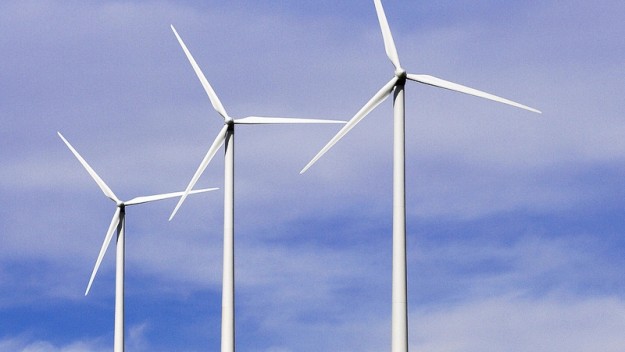The unreliable nature of renewable energies
Following a clean energy initiative provoked by Greenpeace protests last year calling for Apple to clean up their virtual clouds, Apple pledged to build solar farms to help power its data centers. Now, according to Renewable Energy World, the biggest name in electronics has patented a new way to harness wind energy. While the patent may not sound novel, it is; and here’s why.
Renewable energies like solar and wind energy are normally considered less reliable because of their dependency on natural resources that aren’t active 100% of the time. Getting creative about how to contain this fluctuating energy source, Apple has discovered a way to harness wind energy in a form that will lessen the dependency on fossil fuels when the wind dies down. The result is an invention that will lessen energy costs for users of wind energy and allow for a more constant stream derived from a reliable source.
Turning wind energy into a working fluid
So, how exactly does Apple intend to serve up sustainable wind energy? Unlike wind turbines that convert wind energy into mechanical or electrical energy, the technology converts friction from rotating turbine blades into heat, which is stored in a “low-heat capacity” fluid (like mercy or ethanol). When wind is at a lull and more energy is required, the stored heat can be transferred to a “working fluid” that can be boiled to create steam which is then directed to a turbine that connects to a generator. The goal, according to apple insider, is to reduce costs caused by intermittency and, solve problems of variability associated with alternative energy production.
Smart Planet reports that Apple submitted the application to the U.S. Patent and Trademark Office in June of 2011. The patent is described as the “on-demand generation of electricity from stored wind energy” and according to Green Biz, will reduce costs associated with the operation of power stations built to offset fluctuations in electricity generated by wind power and, because of the mechanics involved, allow for an effective and more economical generation of electricity from wind power.
Questions or comments about Apple’s new patent? Leave them below!
image credit: Gurit Composites




















